
Find a wood near you
Search thousands of woods across the UK and gather information on the local facilities, features, wildlife and history in the area.
Find a wood
Content manager, botanist and tree lover
Coming across fragments of bird egg shells in your garden, in the woods or when you're out and about can be an exciting find. But which birds do they come from? Use these ID tips to find out.
If you find egg remnants on the ground, they're likely to have been taken away by parent birds so they don't attract predators. Please remember not to disturb breeding birds - it's against the law to take their eggs.
In general, bird egg shells are made of calcium carbonate and so the default colour is white. But other pigments can create different colours and patterns.
A common garden and woodland bird with arguably the most beautiful song of all birds. The blackbird can have two or even three broods a year and breeds from early spring until mid-summer.
Description: blue-green eggs with brown speckles.
Egg size: 2.9 x 2.1 cm
Clutch size: 3-5
The blue, yellow and white blue tit is one of the most recognisable garden birds. Eggs are usually laid in April or May into a nest built of mainly moss, grass and feathers.
Description: light-cream with light brown speckles.
Egg size: 1.6 x 1.2 cm
Clutch size: 8-10
The male birds are unmistakable with their bright pink-red breast and cheeks. Bullfinches lay their eggs during April-May, in a delicate nest made from twigs, fine roots and moss.
Description: light green-blue with purple markings.
Egg size: 2 x 1.5cm
Clutch size: 4-5
Carrion crows are large, all-black birds that prefer too lead a solitary life. They usually build their nests in the forks of trees and lay eggs between April-May.
Description: pale blue-green with brown and grey markings.
Egg size: 4.3 x 3cm
Clutch size: 4-7
Chaffinches are easily distinguished by their white wing-bar and their eggs are usually laid in spring from around April.
Description: off white eggs with brown-red splotches.
Egg size: 1.9 x 1.5 cm
Clutch size: 4-5
Now one of the UK's more common birds, collared doves can have three or more broods, and can lay eggs from early in the year to the end of autumn.
Description: white-cream with no markings.
Egg size: 3.1 x 2.4 cm
Clutch size: 2
Also known as the hedge sparrow, these greyish birds will lay their eggs in a nest constructed of grass, leaves and roots. Dunnocks can have several broods a year.
Description: light blue with no markings.
Egg size: 1.9 x 1.5 cm
Clutch size: 4-5
A brightly coloured finch with a red face and yellow wing patch. Goldfinch nests are neat and compact with a deep cup to prevent the eggs from being lost in high winds. They lay their eggs from late April and may have up to 2 to 3 broods.
Description: whitish with reddish-brown speckles.
Egg size: 1.7 x 1.3 cm
Clutch size: 4-6
This colourful bird is the UK's largest tit. The great tit makes a nest of moss and feathers, before laying its eggs in early spring.
Description: white eggs with light brown-red speckles.
Egg size: 1.8 x 1.4 cm
Clutch size: 7-9
These small brown birds are often heard chirping away. Pairs will build nests of grass and straw before laying their eggs, usually in May. They can have several broods each year.
Description: white-light grey eggs with grey-brown markings.
Egg size: 2.2 x 1.6 cm
Clutch size: 4-5
Jackdaws are small black crows with a silvery sheen. They usually lay eggs during April-May, and have one brood a year.
Description: white/pale blue with grey and brown markings.
Egg size: 3.6 x 2.6cm
Clutch size: 4-5
Intelligent, distinctive and common in woodland. Jays have pale pink plumage, black streaks on its head and electric-blue wing feathers. Jays have messy-looking nests built in trees and shrubs using twigs, with roots and hair for lining. They usually pair for life and have a single brood each year.
Description: pale blue-green or olive with buff-coloured speckles.
Egg size: 3.2 x 2.3 cm
Clutch size: 3-10
Magpies, with their characteristic black and white plumage and long tail, can breed from as young as one year old and lay their eggs in early April.
Description: green-blue with brown markings.
Egg size: 3.2 x 2.3cm
Clutch size: 5-8
Pheasants, with their rich golden-brown plumage and long tails, were introduced to the UK as game birds. They are now widespread, nesting on the ground and lay their eggs during April-June.
Description: olive-brown with no markings.
Egg size: 4.5 x 3.6cm
Clutch size: 7-15
A familiar and well-loved garden bird with its cheerful red breast. Robins will start to lay their eggs around April and can have two broods a year. Find out more about where and when robins nest.
Description: white-cream eggs with light brown speckles.
Egg size: 2 x 1.5 cm
Clutch size: 4-5
Rooks are one of the first birds to nest, nest-building and laying eggs as early as the end of February-early March.
Description: green-blue with black/brown markings.
Egg size: 4 x 3cm
Clutch size: 3-9
Song thrushes are brown birds with paler underparts with darker drop-shaped spots. These relatives of the blackbird,begin to build their nest in early spring, twigs, moss and grass are used to make the round structure. They can have two to three broods.
Description: light blue eggs with black markings.
Egg size: 2.7 x 2 cm
Clutch size: 3-5
Noisy, glossy, shimmering birds, starlings nest in holes in trees and buildings and lay their eggs in mid-April.
Description: pale blue generally with no markings but occasionally may have brown speckles.
Egg size: 2.1 x 3cm
Clutch size: 4-6
Willow warblers can be found in woods, scrub and gardens. They are pale grey-green with a yellow underside. They build distinctive, dome-shaped nests which they lay their eggs in during April-May.
Description: white with reddish-brown markings.
Egg size: 1.5 x 1.3cm
Clutch size: 4-8
These are our largest pigeons and they inhabit woodland, parks, gardens and farmland throughout the UK. They are capable of breeding throughout the year, they will usually have one to two broods. The empty eggs of woodpigeons may often be seen lying on woodland floors and garden lawns.
Description: pure white with no markings.
Egg size: 4.1 x 2.9 cm
Clutch size: 2
One of the smallest birds in the UK, wrens begin to lay their eggs in April and can have two broods a year.
Description: white/light brown eggs with brown markings.
Egg size: 1.6 x 1.3cm
Clutch size: 5-6

Search thousands of woods across the UK and gather information on the local facilities, features, wildlife and history in the area.
Find a wood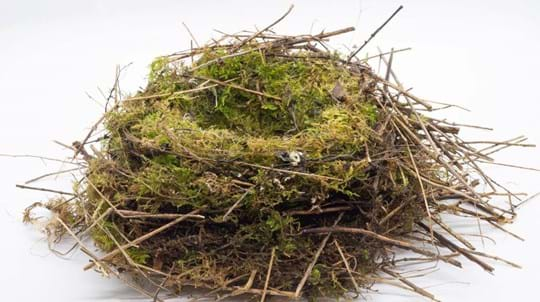
Blog
Amy Lewis • 16 Feb 2022
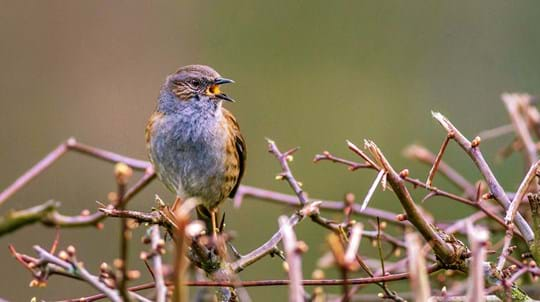
Blog
Amy Lewis • 01 May 2020

Blog
Kayleigh Jacobs-Rutter • 13 Feb 2024
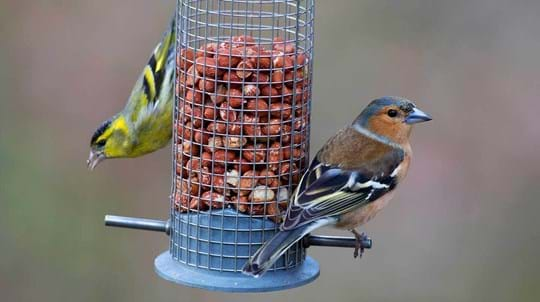
Blog
Hannah Vickers • 21 Mar 2019

Blog
Charlotte Varela • 15 Apr 2019

Blog
Amy Lewis • 22 Jul 2019
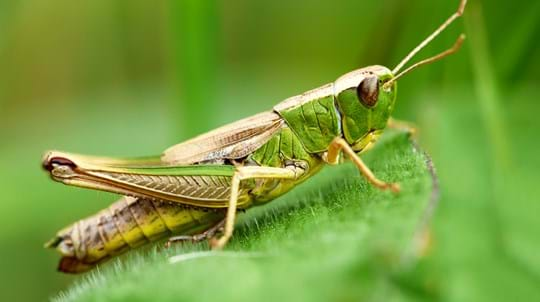
Blog
Charlotte Varela • 09 Oct 2023
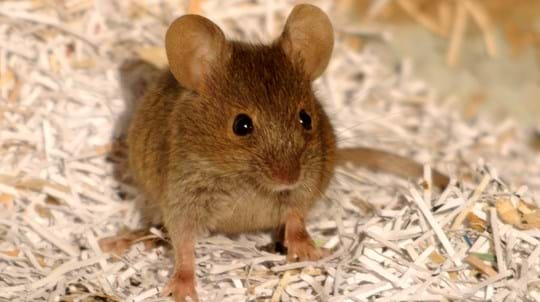
Blog
Helen Keating • 28 Mar 2022